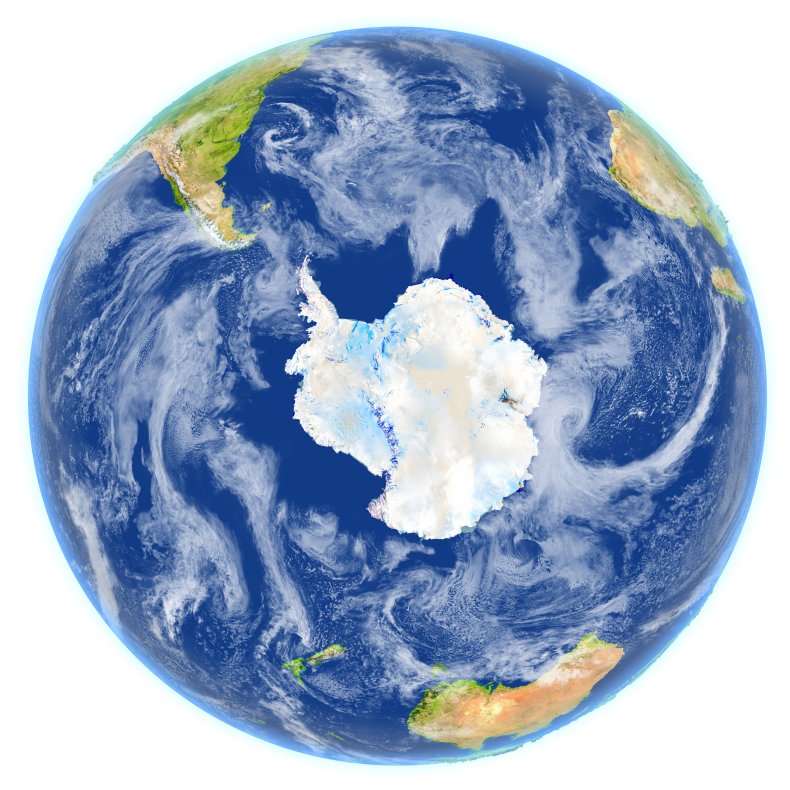Where Is the Southern Ocean? Location Officially Recognized on World Oceans Day
On World Oceans Day, National Geographic announced that its cartographers have officially recognized the waters surrounding Antartica as the Southern Ocean.
The National Geographic Society began making maps in 1915, but until yesterday it had only officially recognized four oceans: the Atlantic, Pacific, Indian, and Arctic.
Now, Society geographers have decided that the vast body of water surrounding the world's southernmost continent has enough unique characteristics to deserve its own name rather than simply being considered extensions of the southern Pacific, Atlantic and Indian oceans.
"The Southern Ocean has long been recognized by scientists, but because there was never agreement internationally, we never officially recognized it," National Geographic Society Geographer Alex Tait said in a statement. "It's sort of geographic nerdiness in some ways."
Tait said that he and the Society's map policy committee had been considering the decision to officially recognize the Southern Ocean for years as the term was increasingly used by scientists and the media.
National Geographic hopes that the decision to officially recognize the ocean will help to promote conservation efforts in the region.
"We've always labeled it, but we labeled it slightly differently [than other oceans,]" Tait said. "This change was taking the last step and saying we want to recognize it because of its ecological separation."
The other oceans of the world are defined by the continents that surrounded them. The Southern Ocean, on the other hand, is defined by a current known as the Antarctic Circumpolar Current (ACC.)

"Rimmed by the formidably swift Antarctic Circumpolar Current, it is the only ocean to touch three others and to completely embrace a continent rather than being embraced by them," marine biologist and National Geographic Explorer at Large Sylvia Earle said in a statement.
Scientists think that the ACC became established around 34 million years ago when Antarctica separated from South America. The current flows from west to east around the southern continent, forming an ocean that is colder and slightly less salty than the waters surrounding it to the north.
The ACC plays a key role in a global circulation system that transports heat around the globe. The current also helps to keep Antarctica cold and ecologically distinct. The region is also home to thousands of species that are found nowhere else on Earth.
According to National Geographic, the Southern Ocean is comprised of most of the waters that surround Antarctica out to 60 degrees south latitude, apart from the Drake Passage and Scotia Sea.
"Anyone who has been there will struggle to explain what's so mesmerizing about it, but they'll all agree that the glaciers are bluer, the air colder, the mountains more intimidating, and the landscapes more captivating than anywhere else you can go," Seth Sykora-Bodie, a marine scientist at the National Oceanic and Atmospheric Administration (NOAA) and a National Geographic Explorer, said in a statement.


